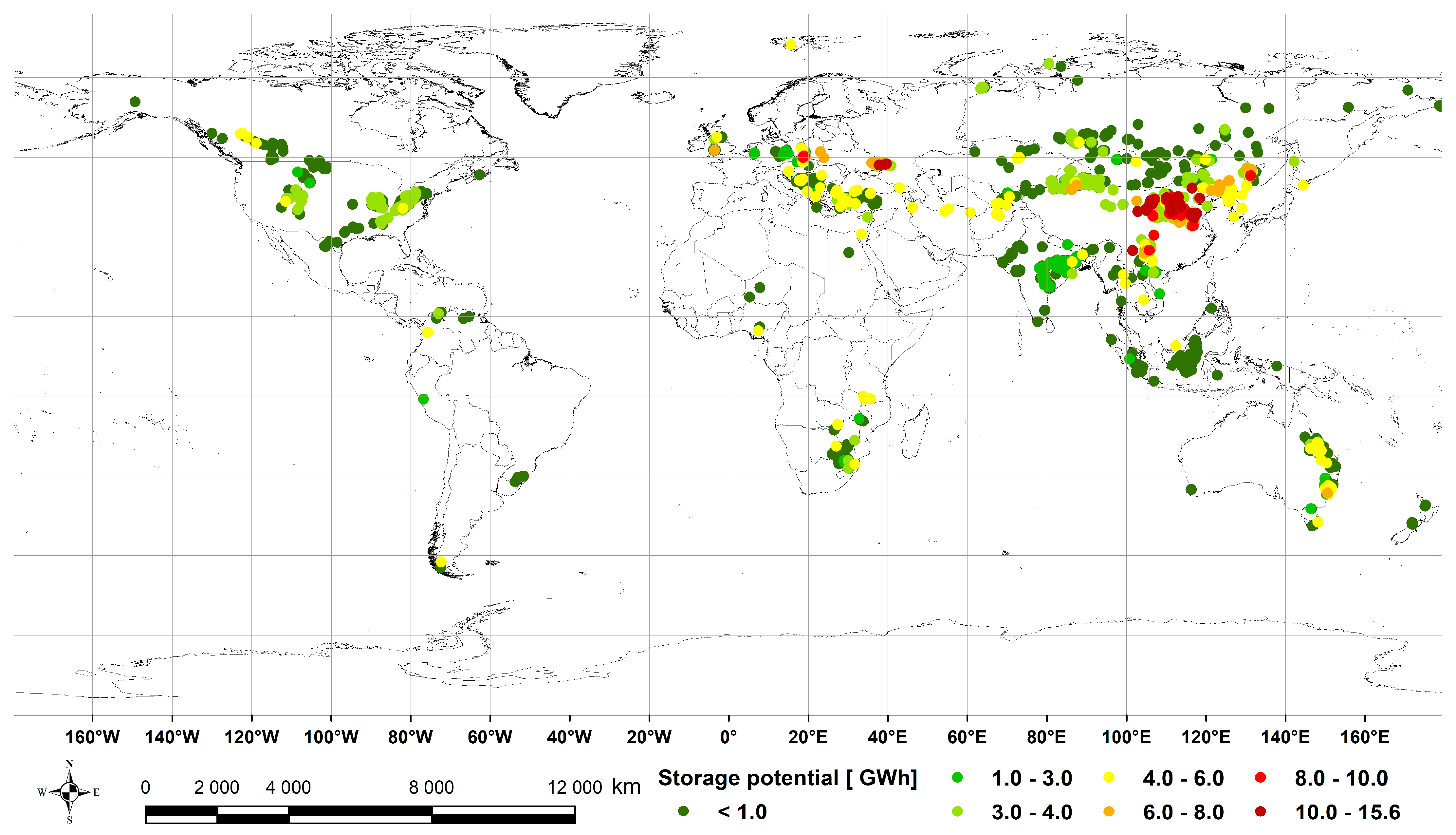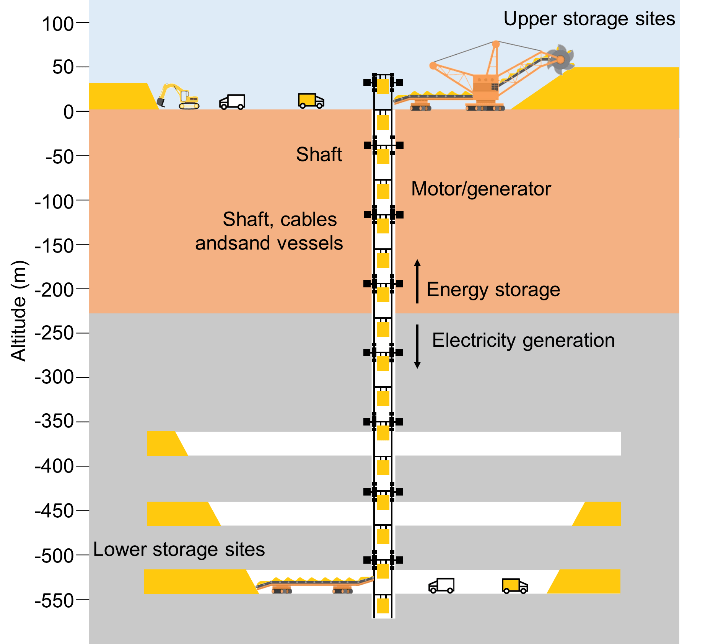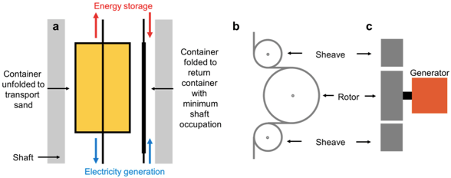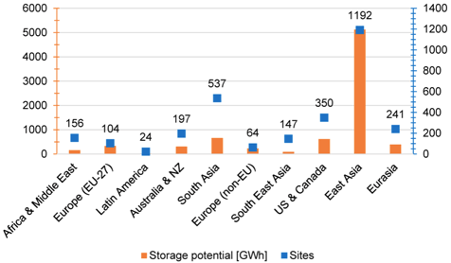Abandoned mines: Bad for kids, great as insane sci-fi storage vaults powering sub-surface battery farms

Getty
- Millions of abandoned mines worldwide could become long-term battery storage
- Cost effective with basic infrastructure and power grid connectivity already in place
- Could mean ultra-long time energy storage up to several years
Renewable energy sources are central to the energy transition toward a more sustainable future but storing energy in an accessible and efficient way is crucial.
The International Institute for Applied Systems Analysis (IIASA) just might have come up with a. cost-effective long-term solution.
The IIASA has released a study: Underground Gravity Energy Storage: A Solution for Long-Term Energy Storage, which considers way to store energy by transporting sand into abandoned underground mines.
Basically, the new technique called Underground Gravity Energy Storage (UGES) proposes an effective long-term energy storage solution while also making use of now-defunct mining sites – which could number in the millions globally.
Just look at all that storage potential…

How does it work?
UGES generates electricity when the price is high by lowering sand into an underground mine and converting the potential energy of the sand into electricity via regenerative braking.
It then lifts the sand from the mine to an upper reservoir using electric motors to store energy when electricity is cheap.

The main components of UGES are the shaft, motor/generator, upper and lower storage sites, and mining equipment.
The deeper and broader the mineshaft, the more power can be extracted from the plant, and the larger the mine, the higher the plant’s energy storage capacity.

Added economic output for exhausted mines
“When a mine closes, it lays off thousands of workers,” researcher in the IIASA Energy, Climate, and Environment Program and the lead author of the study Julian Hunt says.
“This devastates communities that rely only on the mine for their economic output.
“UGES would create a few vacancies as the mine would provide energy storage services after it stops operations,”
Not to mention, the process is more cost-effective because it uses existing infrastructure.
“Mines already have the basic infrastructure and are connected to the power grid, which significantly reduces the cost and facilitates the implementation of UGES plants,” Hunt said.
The investment costs of UGES are about 1 to 10 USD/kWh and power capacity costs of 2.000 USD/kW.
The technology is estimated to have a global potential of 7 to 70 TWh, with most of this potential concentrated in China, India, Russia, and the USA.

Could store energy for years, not weeks
Other energy storage methods, like batteries, lose energy via self-discharge over long periods.
The energy storage medium of UGES is sand, meaning that there is no energy lost to self-discharge, enabling ultra-long time energy storage ranging from weeks to several years.
A cheap solution for long duration #energy_storage https://t.co/QZ3ZRmS3HZ
— Behnam Zakeri (@behnam_zakeri) January 14, 2023
“To decarbonize the economy, we need to rethink the energy system based on innovative solutions using existing resources,” researcher in the IIASA Energy, Climate, and Environment Program and c0-author of the study Behnam Zakeri added.
“Turning abandoned mines into energy storage is one example of many solutions that exist around us, and we only need to change the way we deploy them.”
Related Topics
UNLOCK INSIGHTS
Discover the untold stories of emerging ASX stocks.
Daily news and expert analysis, it's free to subscribe.
By proceeding, you confirm you understand that we handle personal information in accordance with our Privacy Policy.








